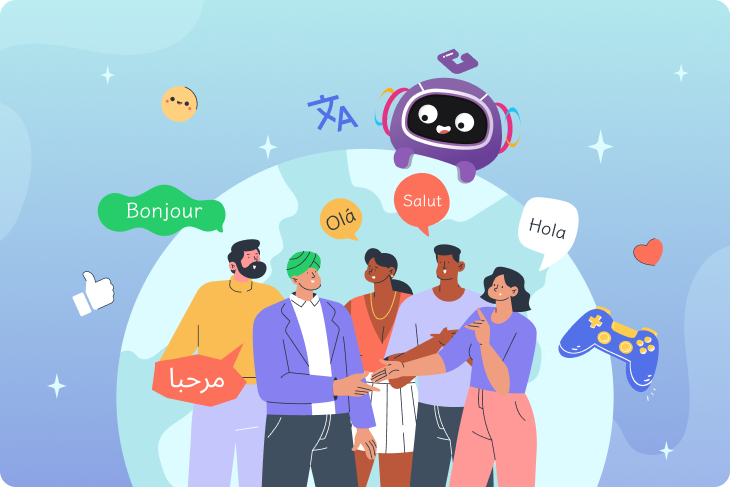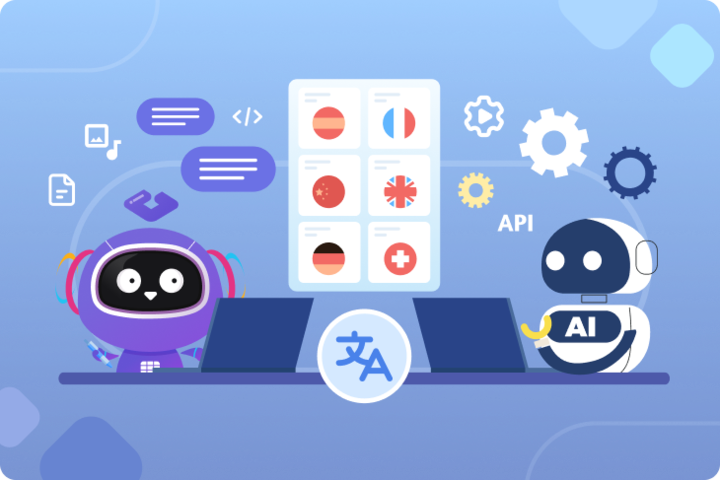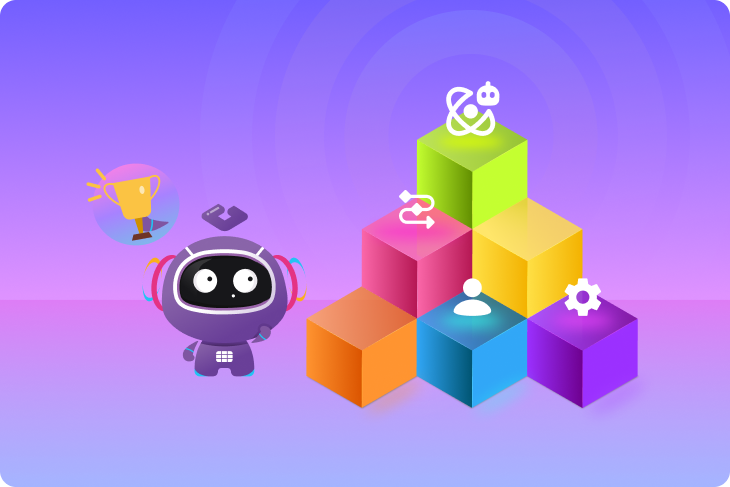What’s covered
- What cultural adaptation really means in game localization
- Navigating gender complexity in cultural adaptation
- Cultural adaptation success: When games truly resonate
- It’s all about the context (and process)
- Making cultural adaptation scalable
- The bottom line: Cultural adaptation drives real business results
This blog post is based on insights from the Nimdzi Live podcast episode featuring Michael Souto, veteran game producer turned Business Development Director and localization expert at Gridly.
Game localization has come a long way since the “wild west” days of the late 1990s, when developers often viewed localization as an afterthought rather than a strategic advantage. As Michael Souto, who has spent over two decades in the industry—first as a game producer on titles like Timesplitters 2 and Commandos, and now as an expert with Gridly—puts it:
“Going back to 1999, generally people didn’t really want to localize. They looked at localization as a real pain point—everything was nice and easy until other offices requested localized versions, and suddenly developers realized how much additional work was involved.”
But those days are behind us. Today’s developers not only embrace localization—they recognize it as essential for global success. However, as gaming markets have expanded worldwide and cultural complexities have become more apparent, simply translating text is no longer enough. The most successful games now incorporate cultural adaptation throughout their localization process, ensuring that every aspect of the player experience feels authentic and resonates with local audiences.
Cultural adaptation is what transforms a domestic hit into a global phenomenon.
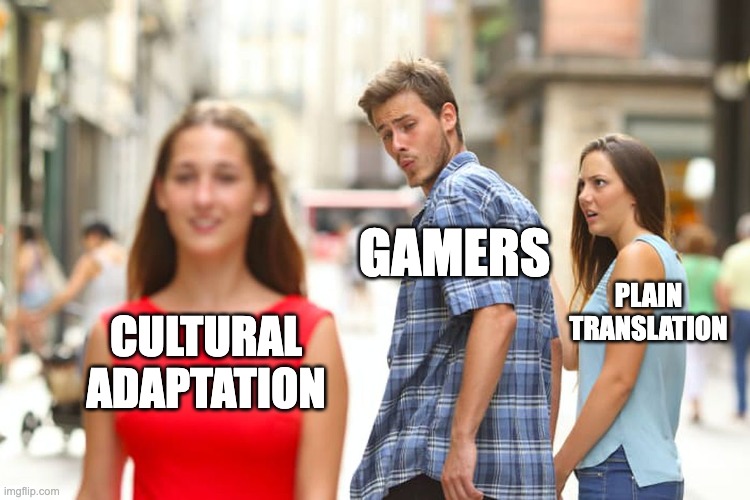
What cultural adaptation really means in game localization
Unlike traditional translation, cultural adaptation (or culturalization) requires a deep understanding of how players from different cultures interact with content, characters, and narratives. This goes far beyond fixing grammatical errors or ensuring technical accuracy.
Cultural adaptation means ensuring that humor lands correctly across different cultural contexts, that character motivations make sense within local value systems, and that game mechanics feel intuitive to players from diverse backgrounds. It’s about recognizing that a joke that’s hilarious in one culture might be offensive in another, or that a character’s behavior that seems heroic in the source culture could appear foolish or inappropriate elsewhere.
Souto emphasizes the importance of having the right expertise for this complex work. Effective culturalization requires localization professionals who combine deep gaming knowledge with linguistic skills—experts who can identify not just whether a translation is technically correct, but whether a character’s dialogue truly fits their personality and the game’s cultural context.
Consider the complexities involved: color symbolism varies dramatically between cultures, hand gestures can have completely different meanings, and even concepts of time, family hierarchy, and social interaction differ significantly. A game featuring casual dating might need substantial adaptation for markets with different relationship norms, while combat mechanics might require adjustment in regions with specific cultural sensitivities around violence.
But it doesn’t just stop here.
One of the most complex aspects of cultural adaptation involves gender representation and linguistic gender systems, made even more challenging by the gaming industry’s growing focus on diversity, equity, and inclusion (DEI). According to the Entertainment Software Association’s 2024 report, 46% of gamers identify as female, and younger generations increasingly expect inclusive character representation and customization options.
However, when character gender is integral to the story, the complexity multiplies exponentially. When players can choose their character’s gender at the start of a game, Souto explains, this creates cascading complexity throughout the entire localization process. Every dialogue tree and placeholder must be designed to pull the appropriate translation based on the player’s character choice, resulting in an intricate web of conditional content that requires extensive testing to ensure everything functions correctly across all possible interactions.
This complexity is further amplified when games include non-binary options or pronoun choices, requiring localization teams to navigate not only linguistic gender systems but also varying cultural attitudes toward gender identity across different markets.
Souto’s advice? Think ahead:
“It’s always been a recommendation to try to make the character gender neutral—it makes life so much easier for everyone involved. Rather than referring to ‘he’ and ‘she’ and having characters that are very clearly one or the other, have a gender neutral character because then you can just use ’they’ all the time.”
Cultural adaptation success: When games truly resonate
The most successful localization projects go beyond linguistic accuracy to create genuine cultural resonance. Souto shares:
“You hear incredible stories of games that were performing mediocrely in most markets, then suddenly exploded in Turkey with massive success. It wasn’t just the Turkish translation—something within the game itself struck a deep chord with Turkish culture and players embraced it wholeheartedly.”
Here are two games that achieved massive global success specifically through their resonant culturalization strategies.
Animal Crossing: New Horizons became a global phenomenon, selling over 47 million copies worldwide during the COVID-19 pandemic. Nintendo’s cultural adaptation went far beyond translation, successfully balancing authentic Japanese elements with familiar objects and experiences that felt natural to international players. They transcreated character names, adapted speech patterns for different personalitie s, and even localized the made-up language “Animalese.” Most significantly, Nintendo changed character creation from “boy or girl” to “choose your style” in the American localization to accommodate non-binary players.
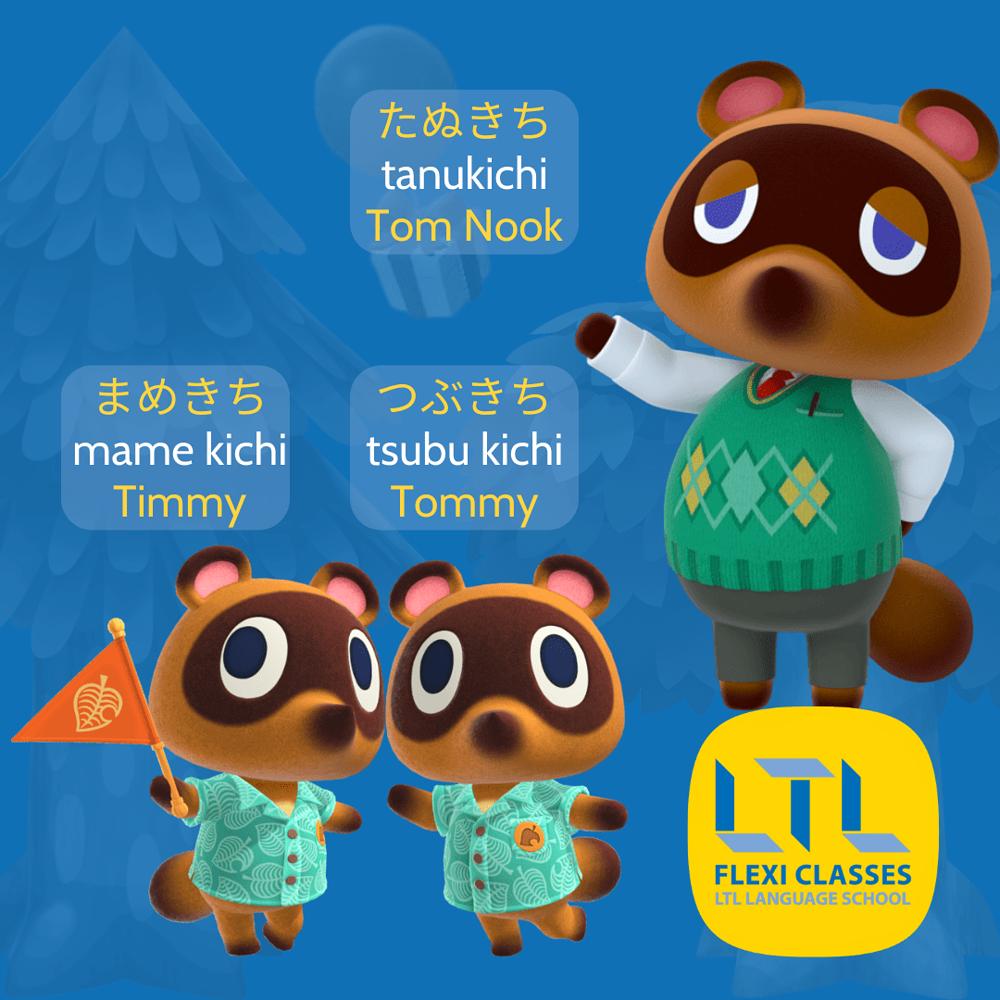
World of Warcraft is a shining game localization example for the French translation of “Waterspeakers.” Most impressively, they made visual adjustments for cultural sensitivity, removing protruding bones from undead characters in China—a decision that proved prescient when China later banned blood and gore in games entirely.
This kind of success doesn’t happen by accident. According to Souto, it requires asking deeper questions during the localization process:
- Is there potential within the game that you’re making that could be fine-tuned to make it even more appealing for a particular territory?
- Is there a way to make a character act or speak in a certain way that makes them more compelling from a localization perspective?
- What cultural symbols, colors, or visual elements could be adapted to better resonate with local audiences?
- Are there cultural taboos or sensitivities that require content modification rather than just translation?
- How do social features, multiplayer elements, or community interactions align with local gaming culture and social norms?
But asking these strategic questions is only the first step—to answer them effectively, localization teams need comprehensive context about the game world and robust processes that support cultural decision-making throughout development.
It’s all about the context (and process)
Game localization presents unique challenges because context is everything, yet it’s often missing. Unlike localizing a linear document or even a film, games feature branching narratives, character customization, and dynamic content that changes based on player choices. A single line of dialogue might appear in multiple scenarios with different emotional contexts, or a character’s personality might shift dramatically based on previous player decisions.
As Souto explains, even experienced game localizers constantly need more contextual information: “More often than not, the questions that we receive from localizers will be contextual ones.” Without proper context, cultural adaptation decisions become guesswork. A translator might not know whether a character is being sarcastic or sincere, whether a scene is comedic or dramatic, or how a cultural reference fits within the broader narrative arc.
The consequences of missing context can be severe. A joke that works perfectly in one cultural context might become offensive when transplanted without understanding its situational placement. Character relationships that feel natural in the source culture might seem inappropriate or confusing when cultural context is lost in translation.
This is where having the right tools and processes becomes critical. Culturalization can’t happen in a vacuum—localizers need access to screenshots, gameplay videos, character descriptions, and narrative context to make informed decisions about cultural elements. A well-structured game localization process ensures that cultural considerations are built into every step of development.
Traditional approaches to solving these context challenges often involve manual processes: sending screenshots via email, maintaining separate style guides, coordinating feedback across multiple tools and time zones. While this works for smaller projects, it becomes unwieldy and error-prone as games grow more complex and target more markets. The key is finding systematic, scalable solutions that make comprehensive context and cultural expertise accessible to every member of the localization team.
Making cultural adaptation scalable
The good news is that cultural adaptation doesn’t have to be a manual, one-off process for each market. With proper planning and the right localization infrastructure, you can build cultural considerations into your development workflow from day one.
A comprehensive game localization platform like Gridly is designed to support this kind of contextual, culturally-aware localization by providing translators and cultural consultants with the tools they need to make smart adaptation decisions:
- Visual context: Screenshots and gameplay footage can be stored in Grids, showing translators exactly how text appears in-game
- Custom AI prompts: Tailored AI assistance that understands your game’s tone, characters, and cultural requirements for consistent adaptations
- Collaborative workspaces: Cultural experts can provide real-time feedback and guidance alongside translators
The bottom line: Cultural adaptation drives real business results
Cultural adaptation isn’t just about avoiding embarrassing mistakes (though it certainly helps with that). It’s about creating genuine connections with players around the world—connections that drive engagement, positive reviews, and ultimately, revenue.
The games that succeed globally aren’t just translated; they’re culturally adapted. And with the right approach, tools, and mindset, cultural adaptation can become one of your biggest competitive advantages in the global gaming market.
Want to learn how Gridly can help streamline your cultural adaptation process? Book a demo today and experience the difference firsthand.
